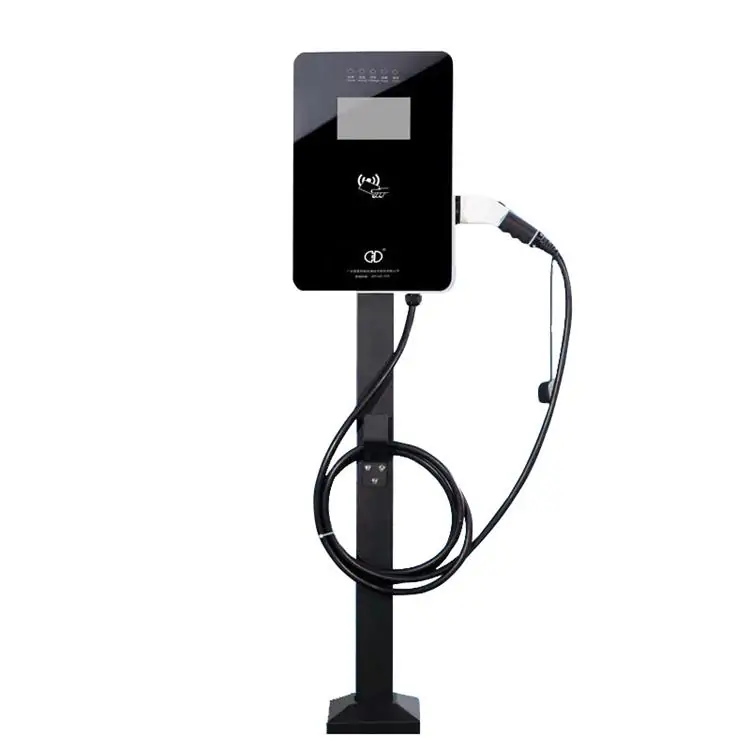The global shift towards sustainable and eco-friendly transportation solutions has led to a remarkable surge in the adoption of electric vehicles (EVs). As this transition gains momentum, the significance of on-board charger in electric vehicles has become increasingly evident. On-board chargers play a pivotal role in enhancing the convenience, efficiency, and overall viability of electric mobility. In this article, we will delve into the various aspects of on-board chargers, their significance, advancements, and the impacts they have on the electric vehicle landscape.
Understanding On-Board Chargers:
An on-board charger (OBC) is a vital component of an electric vehicle's charging infrastructure. It is responsible for converting the alternating current (AC) received from external charging stations into direct current (DC) for storage in the vehicle's battery pack. This essential process ensures that the battery receives the appropriate voltage and current levels, thereby optimizing charging efficiency and battery life. On-board chargers are equipped with various power levels, ranging from a few kilowatts (kW) to over 20 kW, enabling flexibility in charging speeds and accommodating diverse charging networks.
Enhancing Convenience and Versatility:
The integration of on-board chargers in electric vehicles significantly enhances the convenience and versatility of EV ownership. One of the primary advantages is the ability to charge at various locations. With an on-board charger, EV owners can connect to a wide range of charging stations, including residential wall boxes, public charging stations, and even standard electrical outlets. This accessibility mitigates range anxiety, as drivers can top up their batteries whenever a charging source is available, thereby eliminating the need to rely solely on dedicated charging infrastructure.

Efficient Energy Utilization:
On board charger play a pivotal role in optimizing energy utilization during the charging process. They are equipped with sophisticated charging algorithms and power management systems that ensure efficient conversion of AC to DC power. This efficient energy utilization reduces heat generation, minimizes energy losses, and ultimately contributes to faster charging times. Additionally, on-board chargers can monitor the battery's state of charge and adjust the charging rate accordingly, preventing overcharging or undercharging and extending battery life.
Advancements in On-Board Charger Technology:
The field of on-board charger technology has witnessed significant advancements in recent years, leading to improved efficiency, performance, and user experience. Some notable advancements include:
High-Power Charging: The development of high-power on-board chargers has revolutionized EV charging speeds. Modern on-board chargers can handle power levels of 10 kW or more, enabling rapid charging and reducing overall charging time.
Bi-Directional Charging: Some on-board chargers are designed to support bidirectional charging, allowing EVs to not only draw power from the grid but also send excess energy back to the grid. This feature has the potential to create a vehicle-to-grid (V2G) system, where EVs act as energy storage units, contributing to grid stability and balancing.

Wireless Charging Compatibility: Advancements in on-board charger technology have paved the way for wireless charging capabilities. Wireless charging systems eliminate the need for physical connectors, offering a seamless and convenient charging experience for EV owners.
Smart Charging and Connectivity: On-board chargers are increasingly being integrated with smart charging and connectivity features. These features enable users to remotely monitor and control charging sessions, schedule charging times, and even optimize charging based on electricity tariffs and grid demand.
Impacts on the Electric Vehicle Landscape:
The significance of on-board chargers extends beyond individual EV ownership; it has broader impacts on the electric vehicle landscape as a whole:
Infrastructure Flexibility: The widespread integration of on-board chargers reduces the dependence on specific charging infrastructure. This flexibility encourages the expansion of charging networks, making EV adoption more attractive to a broader audience.
Grid Integration: The bidirectional charging capabilities of some on-board chargers contribute to grid stability and energy management. EVs equipped with bidirectional charging can act as distributed energy resources, helping balance electricity demand and supply.

Market Growth: The advancements in on-board charger technology contribute to the overall growth of the electric vehicle market. Faster charging times, improved convenience, and enhanced user experience attract more consumers to embrace EVs as a viable transportation solution.
Environmental Benefits: As the adoption of electric vehicles increases, the reduction of greenhouse gas emissions and air pollutants becomes more substantial. On-board chargers play a part in promoting cleaner transportation and reducing the environmental impact of traditional internal combustion engine vehicles.
In Conclusion:
The significance of on-board chargers in electric vehicles cannot be overstated. These unassuming components are pivotal in enhancing the convenience, efficiency, and viability of electric mobility. With ongoing advancements in technology, on-board chargers continue to evolve, offering higher power levels, bidirectional capabilities, and smart charging features. As the world transitions towards a more sustainable future, on-board chargers play a crucial role in driving the electric vehicle revolution forward, reshaping transportation and reducing our carbon footprint.
Contact Person: Miss. Kiki
| WhatsApp : | +8617763224709 |
|---|---|
| Skype : | +8617763224709 |
| WeChat : | +8617763224709 |
| Email : | kiki@lifepo4-battery.com |